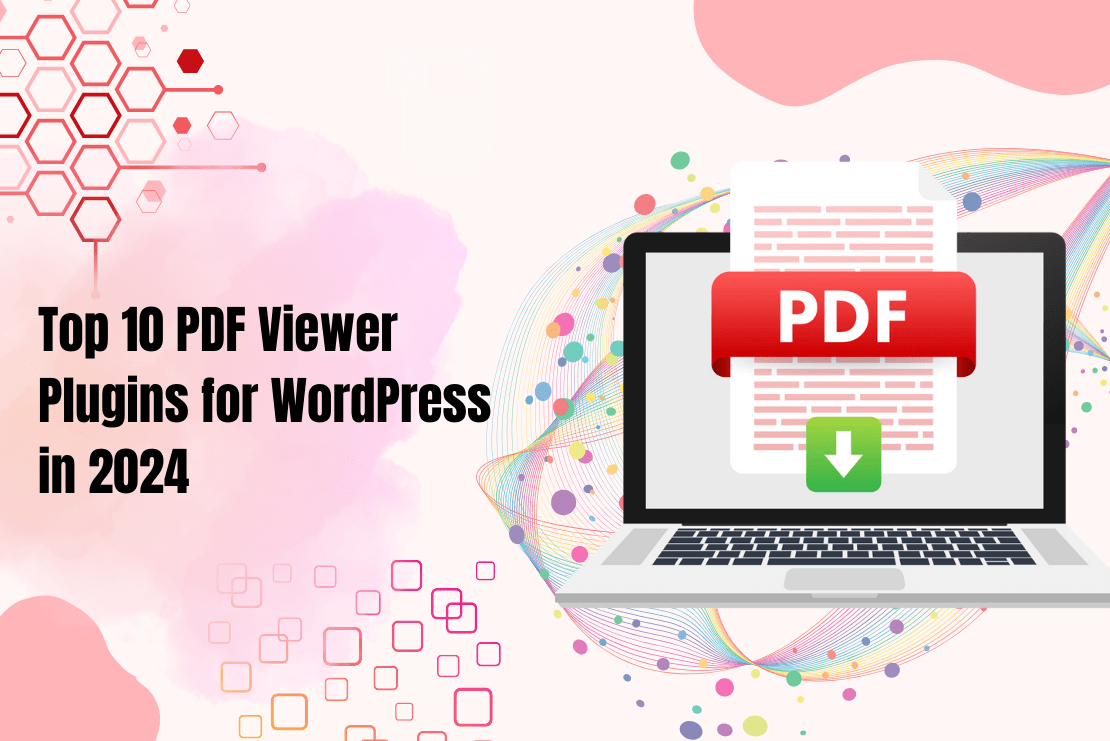dynamic_sidebar_params action
Note: The filter is evaluated on both the front end and back end, including for the Inactive Widgets sidebar on the Widgets screen.
To use dynamic_sidebar_params action, first you have to register it using add_action. You can write this code into functions.php of your activated theme or in a custom WordPress Plugin.
We at Flipper Code, always prefer to create a custom WordPress Plugin while using hooks so nothing breaks when you update your WordPress Theme in the future.
In the below live example, we have defined a function execute_on_dynamic_sidebar_params_event which takes 1 parameters and we registered using add_action. The first parameter dynamic_sidebar_params is name of the hook, The second parameter execute_on_dynamic_sidebar_params_event is name of the function which need to be called, third parameter is the priority of calling the hook if same hook is used multiple times and the last parameter is the number of arguments (if any) to be passed in the registered function.
Sometime, you have to remove a registered hook so you can use remove_action to remove dynamic_sidebar_params action.
Parameters
- $params : (array)
‘args’
(array) An array of widget display arguments.
‘name’
(string) Name of the sidebar the widget is assigned to.
‘id’
(string) ID of the sidebar the widget is assigned to.
‘description’
(string) The sidebar description.
‘class’
(string) CSS class applied to the sidebar container.
‘before_widget’
(string) HTML markup to prepend to each widget in the sidebar.
‘after_widget’
(string) HTML markup to append to each widget in the sidebar.
‘before_title’
(string) HTML markup to prepend to the widget title when displayed.
‘after_title’
(string) HTML markup to append to the widget title when displayed.
‘widget_id’
(string) ID of the widget.
‘widget_name’
(string) Name of the widget.
‘widget_args’
(array) An array of multi-widget arguments.
‘number’
(int) Number increment used for multiples of the same widget.
Below the 1 parameter is required to use this hook.
Live Example
if ( ! function_exists( 'wpdocs_display_custom_field_in_widget_form' ) ) {
add_action( 'in_widget_form', 'wpdocs_display_custom_field_in_widget_form', 10, 3 );
/**
* Append custom field end of the widgets control form
* Fires at the end of the widget control form.
*/
function wpdocs_display_custom_field_in_widget_form( $widget, $return, $instance ) {
$column = isset( $instance['column'] ) ? $instance['column'] : '';
><?php _e( 'Column Label', 'text_domain' ) ?>
id="<?php echo esc_attr( $widget->get_field_id( 'column' ) ) ?>" name="<?php echo esc_attr( $widget->get_field_name( 'column' ) ) ?>" type="text" />
) ?></small>
Below is an example how you can use this hook.
function execute_on_dynamic_sidebar_params_event($params){
//You can write code here to be executed when this action occurs in WordPress. Use the parameters received in the function arguments & implement the required additional custom functionality according to your website requirements.
}
// add the action
add_action( "dynamic_sidebar_params", "execute_on_dynamic_sidebar_params_event" , 10, 1);
To remove a hook callback, use the example below.
remove_action( "dynamic_sidebar_params", "execute_on_dynamic_sidebar_params_event", 10, 1 );
Please make sure provide the same callback function name, priority and number of arguments while removing the hook callback.
Flipper Code is a Premium WordPress Plugins development company and integrating new functionalites into WordPress sites in form of custom WordPress Plugins since 2012. If you’re having any trouble using this hook, please contact our WordPress Development Team and we’d be happy to assist you.
Explore the latest in WordPress
Trying to stay on top of it all? Get the best tools, resources and inspiration sent to your inbox every Wednesday.



